What’s it like living in Montefrio?
Sabina lives in Montefrio, a town that National Geographic has claimed as having one of “the best views in the world”.
In this post Sabina tells us all about Montefrio…but also tells us all about the different hats she’s worn making a life for herself in Spain (English teacher, author, and Airbnb host).
An inspiring interview!

Name: Sabina Ostrowska
Age: 45
Country of Origin: Poland
Number of years living in Spain: 9
Website: sabinaostrowska.com
Hi Sabina! Can you please tell me about yourself and on how you ended up moving to Spain?
I’m originally from Poland, but I have never worked in my home country, at least not to build a career. I left Poland while I was a postgraduate student and completed my Master’s degree in the Netherlands. Since then, I have lived in Sweden and the United Arab Emirates. It was in the UAE where I built my professional career as an EFL teacher and a textbook writer. While the expat life in Abu Dhabi can be very cushy, it can also become a trap. After nine years there, both my husband, Robert, and I felt that we were in a rut.
We decided to return to Europe and start from scratch here. Being EU citizens (it was in 2012, and Robert, who is British, was still able to travel freely around the EU) made it easy for us to choose the European country where we wished to live. We spent some time searching online for rural properties in countries with warm climates and stunning nature. We quickly realised that Andalusia had the most affordable property prices for our budget, and we loved the photos of the house patios shaded by grapevines, lush greenery, and stunning flowers.
We fell in love with the charming white cottages that are nestled among the tranquil olive groves in the region and decided to visit this part of Europe to see it for ourselves. In the summer of 2012, we arranged house sightings with several estate agents in the triangle between Malaga, Cordoba and Granada. I liked the idea of living in the mountains but still being close to the Mediterranean Sea.
The summer we bought our property was the first time we visited Spain. We spoke very little Spanish and were very naïve about house renovations and our future in this country. The house search led to many strange encounters, which I describe in my book The Crinkle Crankle Wall: Our First Year in Andalusia.
Neither Robert nor I like to overthink things, so instead of spending a lot of time making detailed plans and trying to anticipate any possible problems, we jumped right into it. Making life-changing decisions on the spur of the moment has been our life philosophy; it has often landed us in difficult situations, but it has also paid us dividends.

A few useful Resources
Private health insurance in Spain. We recommend Innoinsure, they make it easy. And you don’t need a Spanish bank account – you can pay with foreign credit cards. More info here.
Spartan FX. Buying a house or car in Spain and need to transfer and exchange a large sum of money? More here.
Wise. For everyday transfers and exchanges of money from your home country. Nobody should be using banks anymore. More here.
I heard you came to Spain and immediately bought an old house in Montefrio. Why Montefrio?
When we started our quest to find a suitable property in Andalusia, we were focused on finding a place in a peaceful location. Nature, the distance from the main roads or potentially noisy neighbours, and the possibility of growing our own fruit and vegetables were the main factors that informed our decision where to buy a house.
Montefrio was not initially on our radar at all. It just so happened that the cottage that we fell in love with was outside the village of Montefrio. Because we don’t go out a lot and work from home, it did not really matter where exactly we lived. It’s just an added bonus that Montefrio is a very picturesque white village with a typical Moorish castle at the top of the hill that overlooks the historical centre. It also has a few supermarkets that sell local fruit and vegetables, a health centre with very friendly and professional doctors and nurses, and for those who don’t have a car, a daily bus connection to Granada.

I know Montefrio is one of 10 towns considered as having “the best views in the world” (by National Geographic). Does it get a lot of tourism?
When we first purchased our property, we decided to renovate it so that we would have two independent rural apartments for paying guests. This project took us two years to complete as we had to do a lot of DIY projects ourselves. Shortly after we opened our guest house, called Cortijo Berruguilla, National Geographic announced that the views of Montefrio’s old Moorish castle perched on top of the mountain were worthy of it being ranked in the top ten of the most beautiful village views in the world. This has put Montefrio on the tourism map and has significantly boosted local and international tourism.
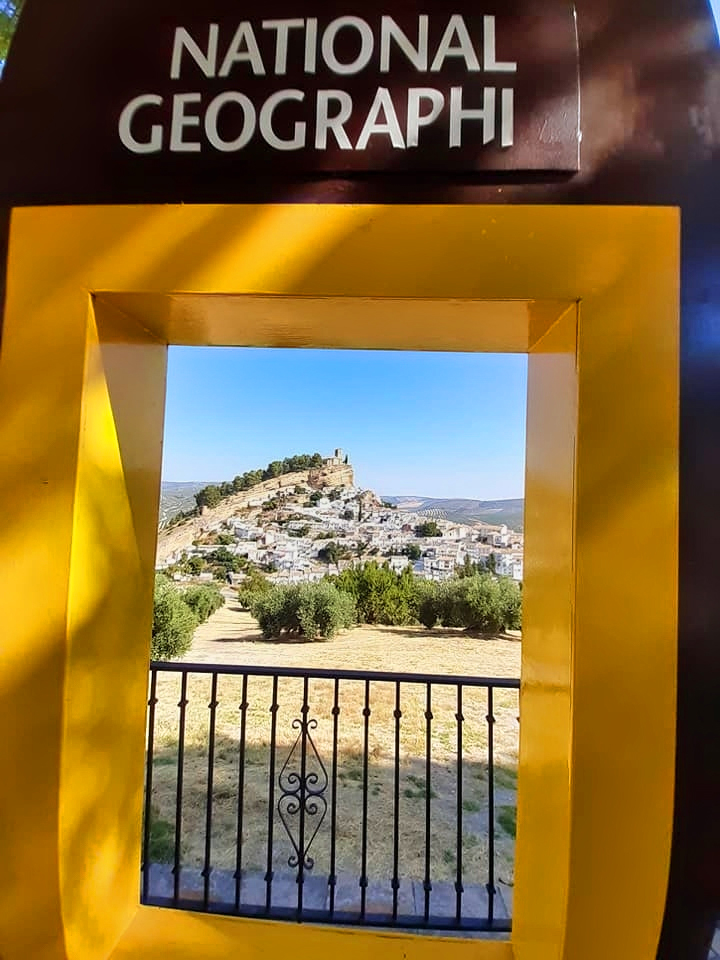
Because of this distinction, our local Town Hall has made many improvements to the appearance of the village and road signage. Several new bars and restaurants have opened to cater for the additional visitors. Since Montefrio has only one small hotel, many rural guest houses around the village, like ours, have benefited from the increased visibility. To see some photos of our guest house, Montefrio, and the surrounding nature, you can check out my pictures on Facebook or Instagram.
Most tourists who stay with us enjoy the peace and tranquillity of the olive groves. They spend long days relaxing by the pool and enjoy the warm summer evenings drinking wine and eating delicious local cheese. Our neighbours make one of the best artisanal cheeses in Spain from their dairy in Montefrio. At night, the guests can admire the starry night and see all the constellations. But it’s also a great location for day trips to Granada, to visit the amazing Alhambra, to Cordoba to see the old mosque called the Mezquita or to the beach in Malaga.
There are many smaller attractions nearby, including the stunning fortress in Alcalá la Real, the bat cave in Zuheros, an amazing hike across hanging bridges in Moclin, a dip in hot springs in Alhama de Granada, or a swim in the lake in Rute. On clear days, we also recommend the drive to the top of the Sierra Nevada mountains.
We have two apartments that guests can book through Airbnb: see them here and here.
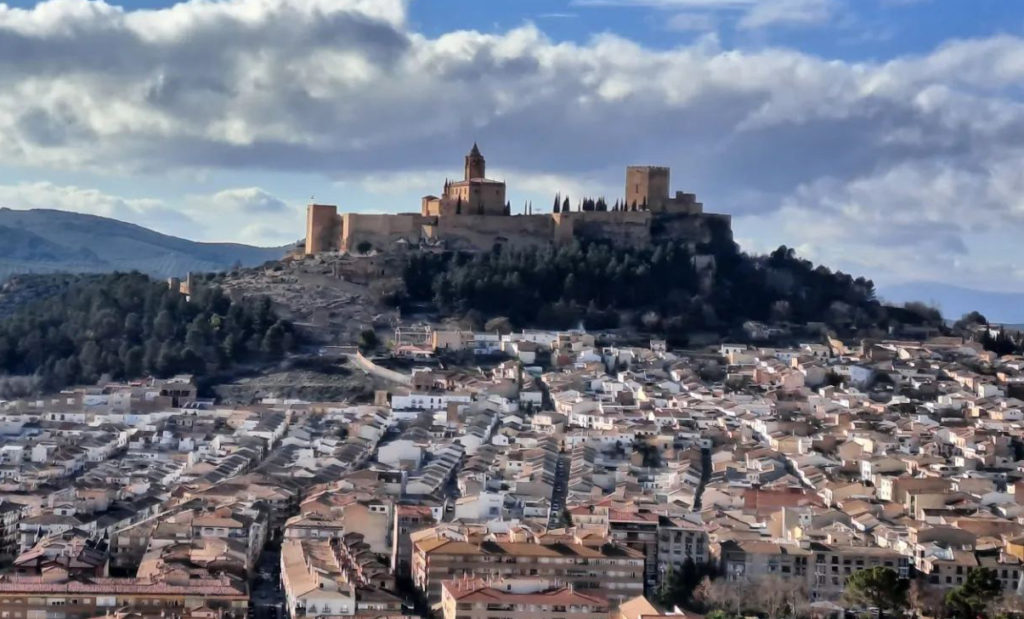
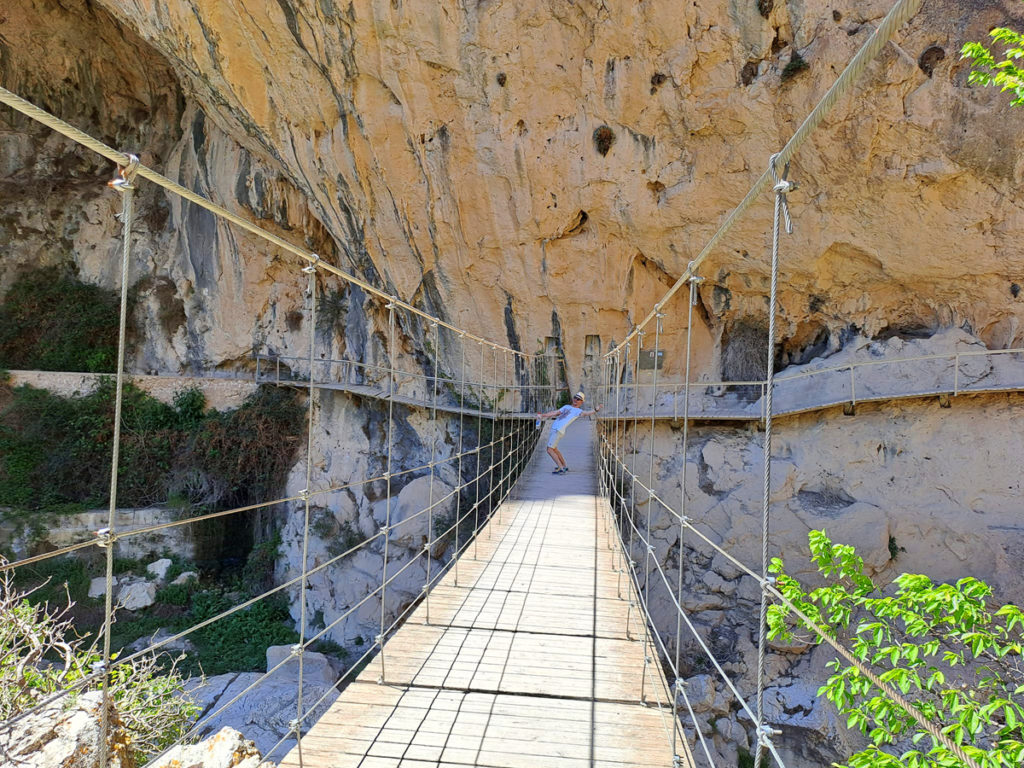
You’re a busy person: besides running a guest house, you have a language school and also write books. Can you tell us about both?
While living in a rural part of Andalusia has many advantages in terms of getting a lot of physical exercise, good food, and close social connections with your community, one of the disadvantages is that the job market here is very limited. We have learned that to succeed, you must take charge of your life and keep your eggs in as many baskets as possible.
Tourism in Andalusia can be profitable but is limited to late spring, summer, and early autumn. The winter months can be quiet, and the weather can be unpredictable at that time. For this reason, I started teaching again at a local school. During my first year there, I was given the opportunity to buy the business, and so I decided to jump in. I write about this experience in my latest book, Olive Leaf Tea: Time to Settle, which is about growing roots in Andalusia and becoming part of the community.
Having a variety of income sources helped us survive the covid lockdowns, which were very strict in Andalusia. Without the language school, which we were able to keep running online, we would have had serious financial difficulties, like most of the tourism and hospitality industries in Spain in 2020.
In addition to my work with my guest house and language school, I also write EFL textbooks. This is a job that I have done since 2010. The good thing about writing is that you have a flexible timetable, but the drawback is that I usually work seven days a week.
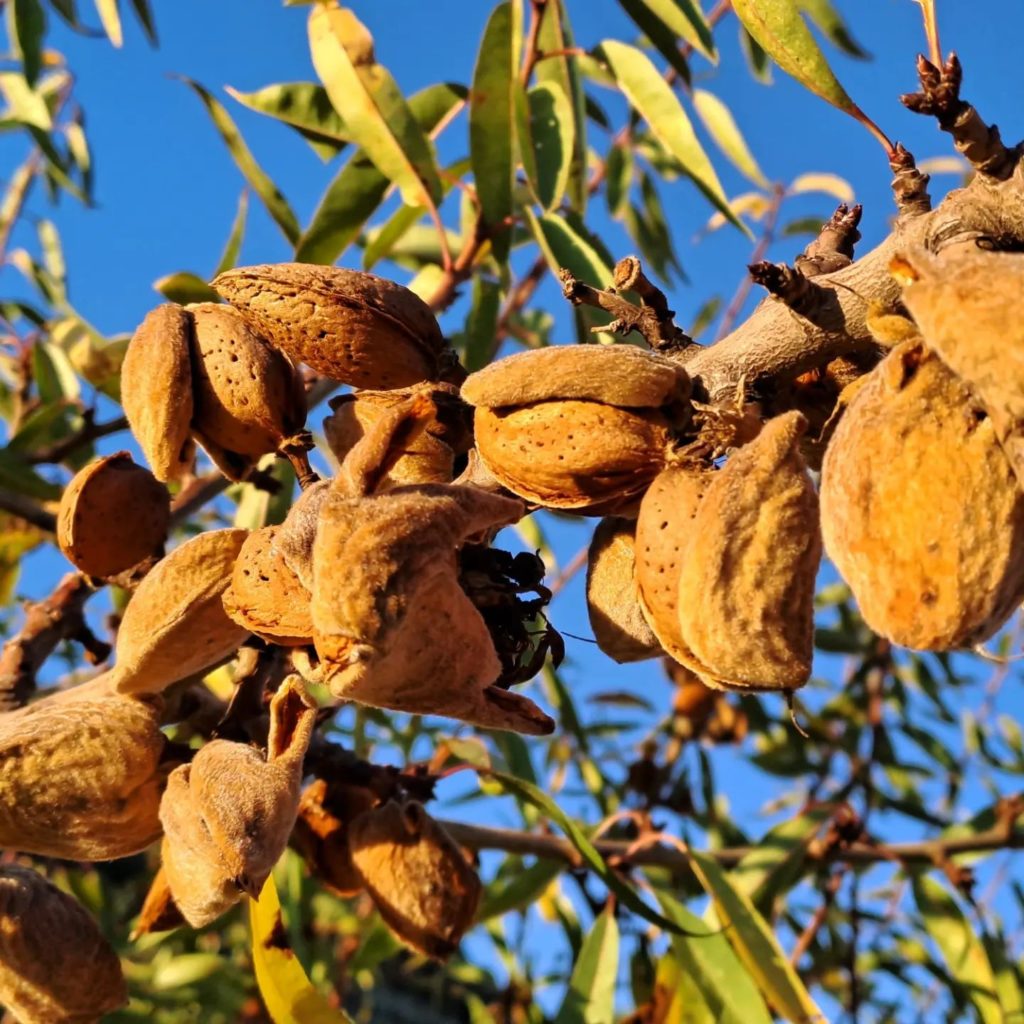
I’ve enjoyed reading excepts from your books, it somehow makes me think of Frances Mayes’ “Under the Tuscan Sun” with its colorful stories of locals and life in the countryside. What motivated you to be a writer?
Writing non-fiction is my hobby. It’s something that I enjoy doing even when I find it challenging. I have always been an avid reader, and I have always written little stories. But I never managed to finish a book until I wrote The Crinkle Crankle Wall: Our First Year of Andalusia. I suppose that the writing work was also a little therapeutic as some of the experiences of renovating a cottage and living in a house with no roof during the rainy months were quite stressful. I use humour and satire in my books as a way of distancing myself from these memories.
Once I had published The Crinkle Crankle Wall, many readers wrote to me to tell me how relatable my story was. I think many people dream of doing something different with their life — renovating an old cottage in the middle of nowhere, moving to a different country, or travelling are universal themes. The positive feedback that I received from the first book motivated me to continue writing – the second book, A Hoopoe on the Nispero Tree: Our Andalusian Adventure Continues, describes our financial struggles in Spain and our search to figure out how we can live in the countryside without steady jobs.
Below: Click on the titles to read the wonderful reviews Sabina has received on her books
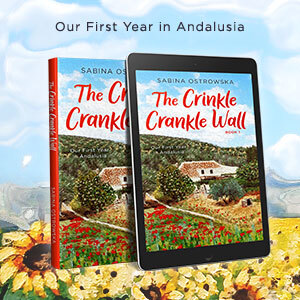
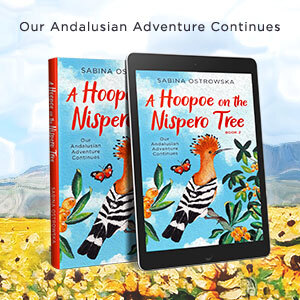
Note: Sabina’s next book, Olive Leaf Tea, is coming out in September but can be pre-ordered here.
Montefrio is a small place (a population of 5,479 according to Google). Are you and your husband the only foreigners in town? Was moving here a bit of a culture shock? Were the locals welcoming?
Yes, Montefrio is a small village, but you should consider rural Andalusia, more generally, as a conglomerate of small villages and medium-sized towns — they all rely on each other, and people travel between them to do business. Many families live in the countryside and live off the land. But it’s not an insular place. There are expats all around who live in the villages and in the countryside. We have friends from the Netherlands, Belgium, France, a few Americans, and several Brits. There is a significant expat community where we live.
The friendliness and openness of the local people have been one of the reasons we never hesitated when we bought our property. To give you an example, here’s a fragment from The Crinkle Crankle Wall in which I describe how we met our neighbour who grew up in the house we bought:
“Juan Carlos grunted and repeated what I told him. He then looked at us and said something that sounded like propietario. I guessed that he was asking whether we were the new owners of the house on the hill and confirmed his deduction with multiple exclamations consisting of the word si. As I handed him the wine and the dates, his wrinkled face lit up. He inspected the bottle — it was a cheap Crianza, but it was all we had at hand when we ran out of the house. He seemed pleased with the vintage and called his wife. A petite lady with short dark hair came out of the house. As soon as she saw us, she started to talk incessantly. There was a slight whine to her pitch, and we were not sure whether it meant anything. Juan Carlos showed her the wine bottle and the dates and repeated everything I told him about us. She kept on interrupting her husband’s account with squeals of excitement and clasping her hands in front of her chest in joy as if she had just heard that they had won the lottery. She nodded and waved her arms while listening and then started telling us something. The only two words that we could distinguish were Gabi and tia. We remembered that tia means aunt and puzzled the rest together. Mercedes was Young Gabi’s aunt. Her father had built our house, and she and her brother, Old Gabi, were born and raised there.” From The Crinkle Crankle Wall: Our First Year in Andalusia.
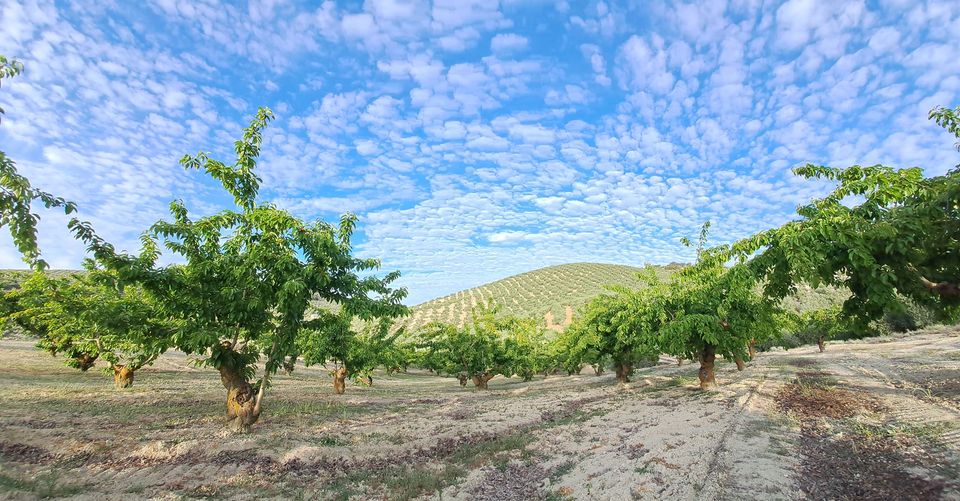
How is your Spanish? Are you now fluent? Has learning/speaking been a challenge?
When we purchased the house, we spoke twenty words of Spanish between the two of us, ten of which were numbers from one to ten. Even though I’m a language teacher myself, I don’t particularly enjoy attending classes. After we bought the house and were fixed on settling in Spain, I listened to audio lessons and podcasts in the car during my commute to work. This was a good starting point when we moved, but it also led to many strange exchanges and humorous misunderstandings.
After nine years and running two businesses, I’d say my Spanish is ‘intermediate’, but I have not taken any tests yet. I’ve learned most of what I know about Spanish ‘on the go’. I have picked it up by having to speak to clients at my guest house and language school. I also follow social media sites that are specific to our community and read the news and posts there in Spanish.
Here is a funny exchange from the summer when we bought the house:
“As we sat there, an elderly lady strolled in. Both women started kissing and squealing, which is a typical form of greeting in Andalusia. We were then introduced, or so we guessed we were since our names were mentioned, and the old lady proceeded to shake our hands. The women kept on talking to us and repeating the word that sounded like cantar in Italian. In my smugness, I took it upon myself to translate to Robert the one word that I thought I understood and told him that the old lady was asking him whether he liked to sing.
‘Cantar, no? Play guitar,’ Robert decided to engage in that topic. ‘How do you say I play the guitar?’ he asked, looking at me. I don’t know what gave him the impression that I would know this. Still, it has subsequently become a particularly endearing habit of his to ask me to translate complicated English phrases while in the middle of a conversation with Spanish speakers.
‘I have no idea,’ I responded in a tone that told him that he was on his own with this topic, and so he continued to entertain the ladies on his own.
‘I have GUITARS. GUITAR,’ he mimicked played the guitar as he enunciated the word. The old lady and the estate agent nodded their heads, and both gave us a smile reserved for mentally ill relatives who have convinced themselves that they are Napoleon. ‘Yes, sure you are. Now go and take your pill, please,’ the smile said. It took me another year before I figured out that people in Andalusia were not asking me whether I liked singing whenever they met me. I have to admit that I started to wonder why people who have just met me kept on bringing this topic up, but I assumed that they must really love music very much. I don’t remember the exact moment when I found out what the word really meant, but it revived my memory of the discussion about music in the estate agent’s office and made me feel quite stupid. What they were saying was encantada which means Nice to meet you! and not Do you like to sing? ” From The Crinkle Crankle Wall: Our First Year in Andalusia
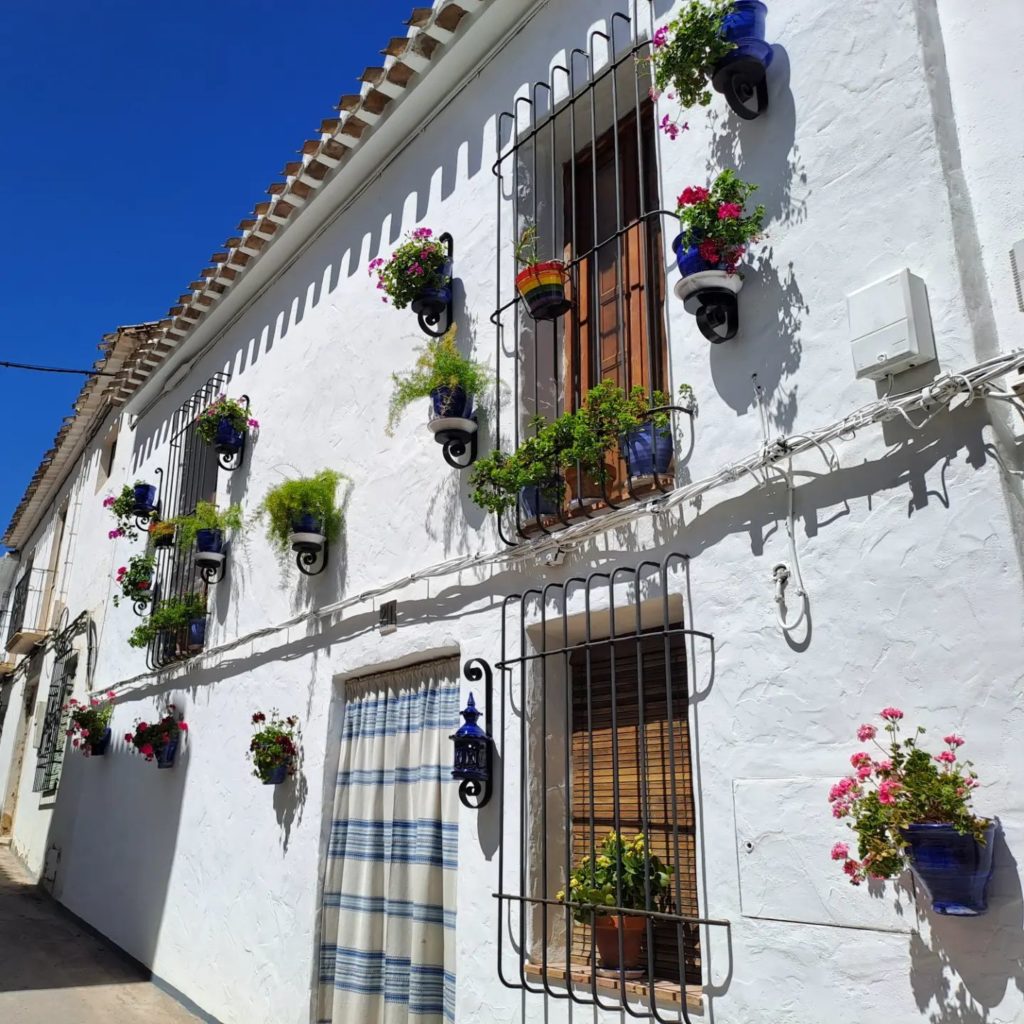
You have some colourful stories of initially settling in town and building your home. It sounds like it was very challenging. Can you share a few stories?
I think living in the middle of a building site for many cold months was the most challenging. In hindsight, it was a mistake, but then I would not have had as many funny stories to write about.
“Living among the rubble with significant parts of the old house now demolished meant that we spent the late autumn being cold and dirty. The several months that it took to put the house’s main structural parts back together were probably the most bitterly cold and miserable in our lives, both physically and emotionally. It was in mid-October that we experienced our first torrential rains in Spain. The first one took us by surprise. After nine years of living in the desert, I forgot that it rains in Europe in the autumn, even in sunny Spain.
That first rainy night, we spent most of it in wet pyjamas shoving rainwater from one place to another. Because there was no roof on the house at all, the rainwater was collecting on the floor of the second floor. Once it reached a certain depth, it started to run down the staircase and into our living room, cascading like a spring waterfall. We scooped up water in buckets and dumped them out of the house. The task closely resembled the manic speed and desperation of people trying to get the water out of a sinking boat. It was a futile endeavour. As I stood on the staircase trying to control the waterfall, I looked up at the black sky and the torment above. ‘What are we doing?’ I wondered for a second, but really, there was no time to moan and complain. After an hour of scooping up the water streaming down the staircase onto the sweeping pan and into a plastic bucket, we were desperate for a break. As was inevitable, we started to argue and question each other’s technique of catching water. Harsh words were exchanged — not the first or last time that terrible autumn. I got angry and kept sweeping water in silence with heavy rain still falling on my back. That’s when Robert dropped the mop and left the house into the cold, stormy night.” From The Crinkle Crankle Wall: Our First Year in Andalusia.
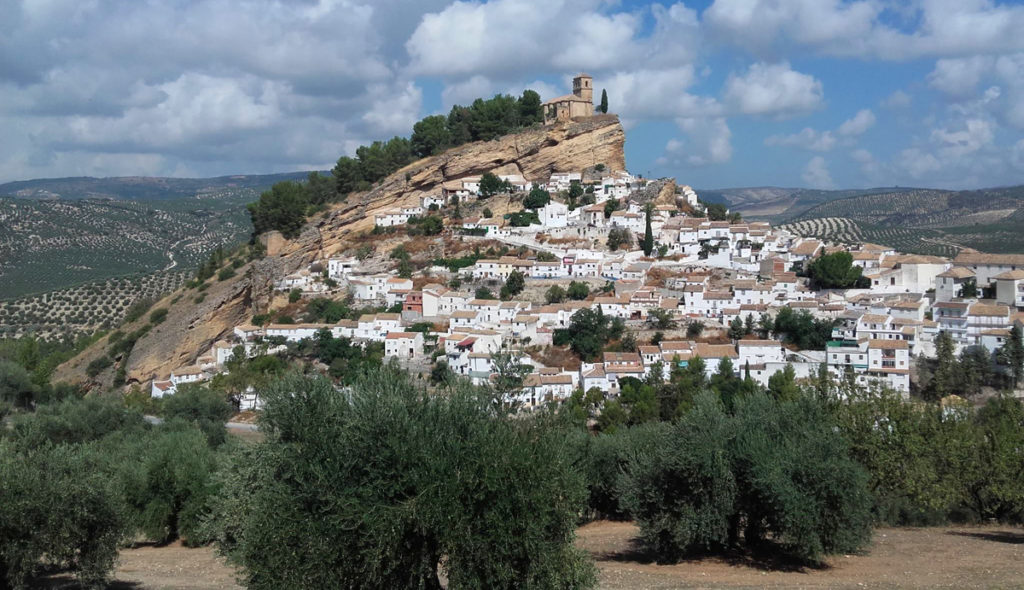
What advice would you give anyone thinking of moving to Spain and buying a cortijo in rural Andalusia?
One of the biggest struggles we have experienced in rural Andalusia is the water shortage. Since we moved here nine years ago, we have experienced many years of drought. We rely on our well to supply us with water, and unfortunately, there have been many summers when it has run dry. If I could travel back in time and give myself some advice, it would be to ensure you have a secure water source. Perhaps drilling a borehole, deepening our well, or installing more water tanks to store the water when it rains should have been our first step once we had moved in.
Over the years, we have come up with some creative solutions to supply our house with water, but it can be very stressful, especially during years of drought.
You’ve lived in many places in the world. Do you sometimes feel those nomadic urges to move on and live somewhere new? Or is Montefrio where you wish to be for the foreseeable future?
I have indeed lived and visited many places in Europe and Asia, but I feel at home in Andalusia. I would like to explore South America, but I can’t imagine myself leaving Spain. I think we’ve made it home now.
Thank you for doing this interview Sabina!
Want to be interviewed on Mapping Spain? If so send us an email or leave a comment
Related: What’s it like living in the Canary Islands?
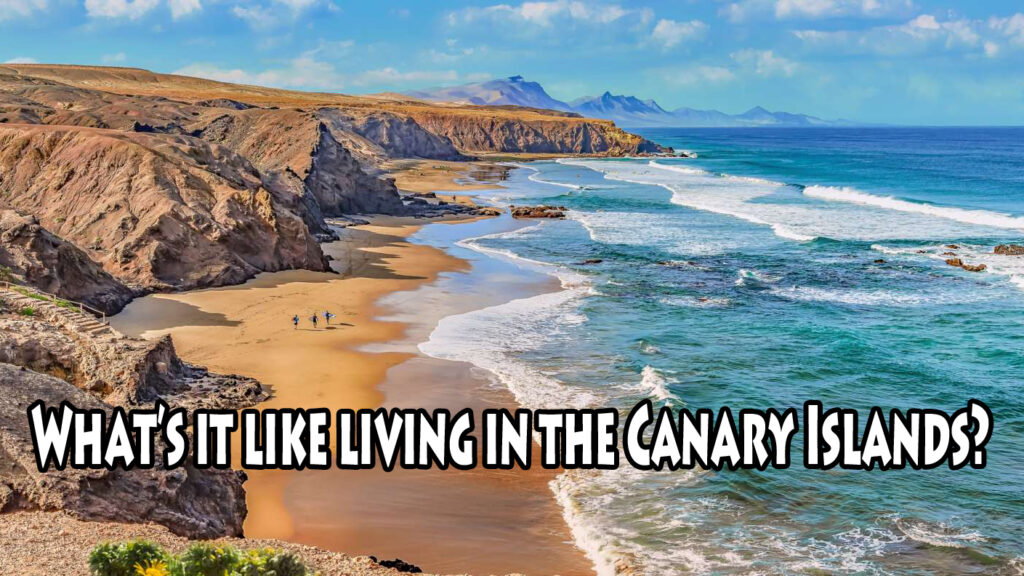
Related: What’s it like living in El Puerto de Santa Maria?


Leave a Reply